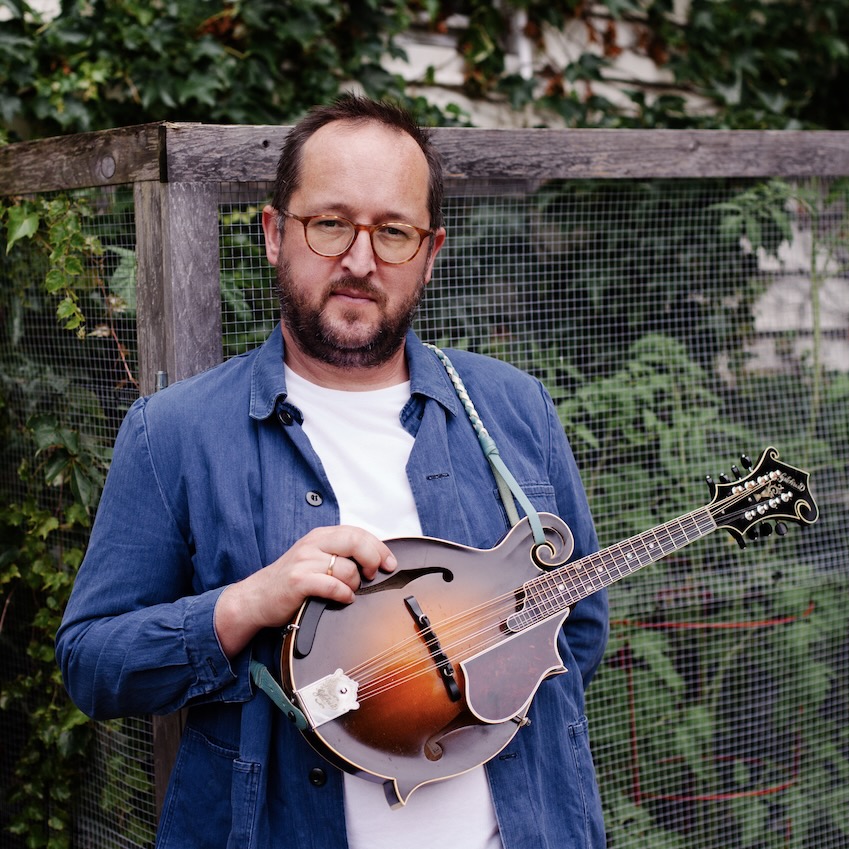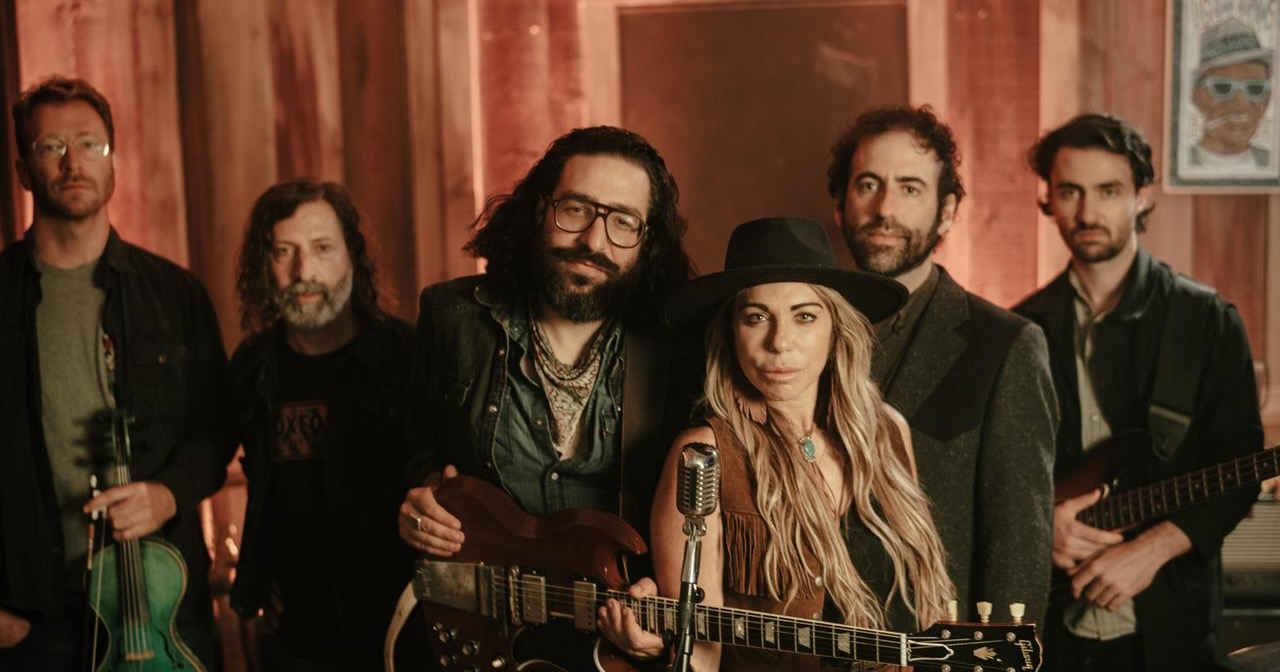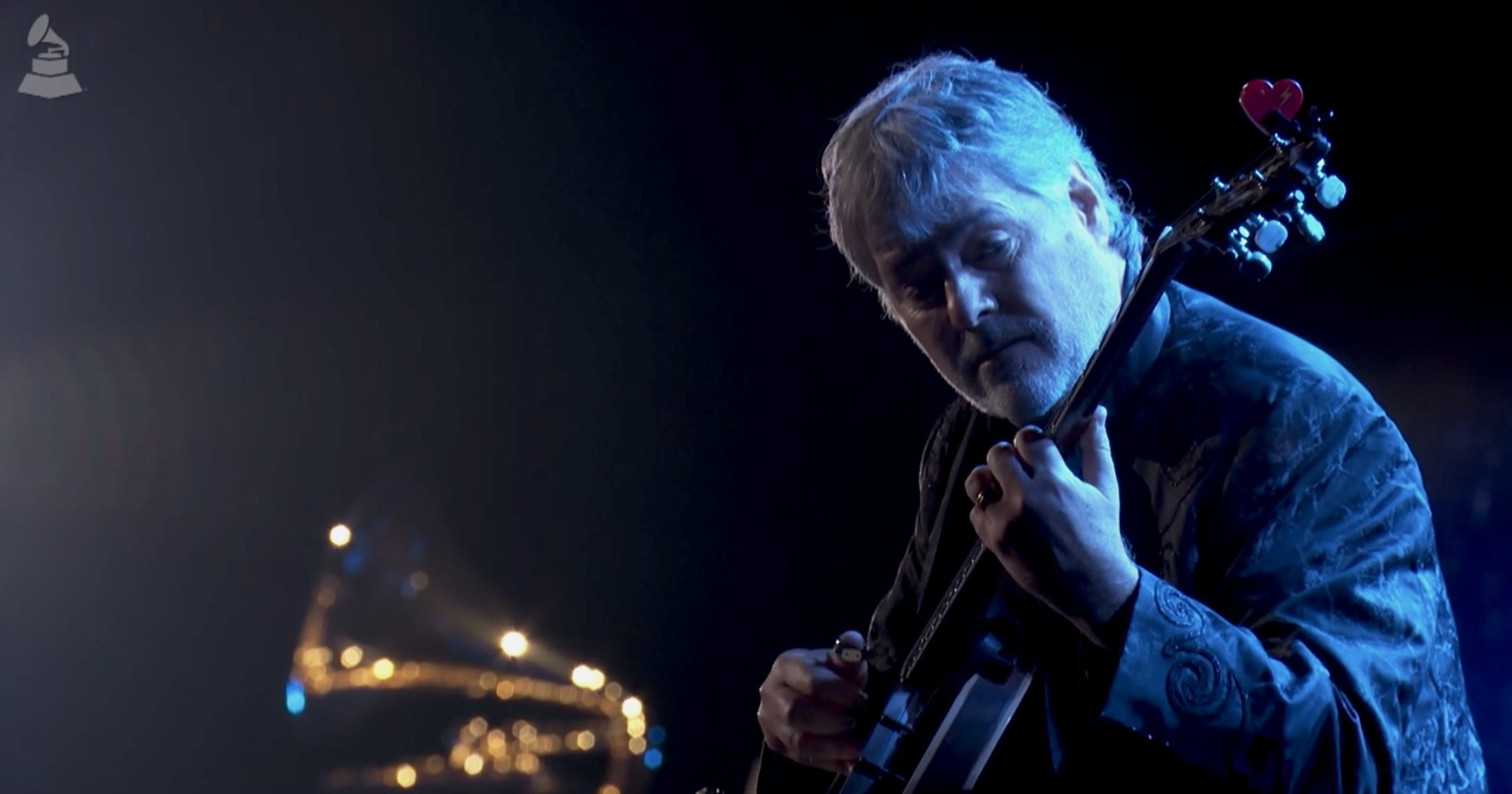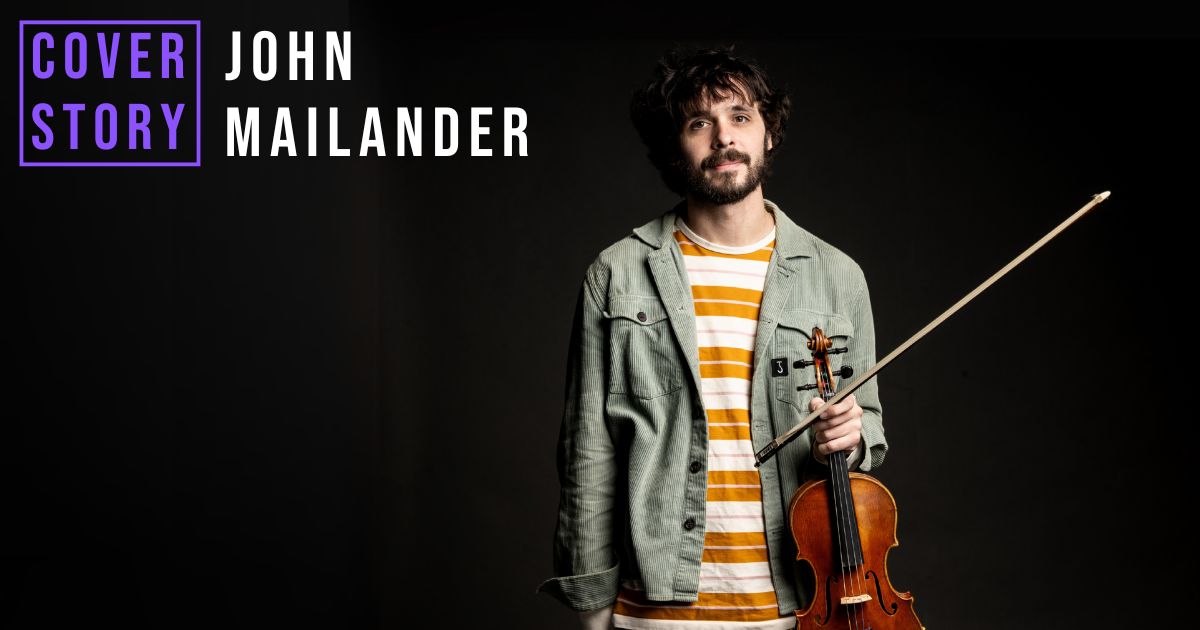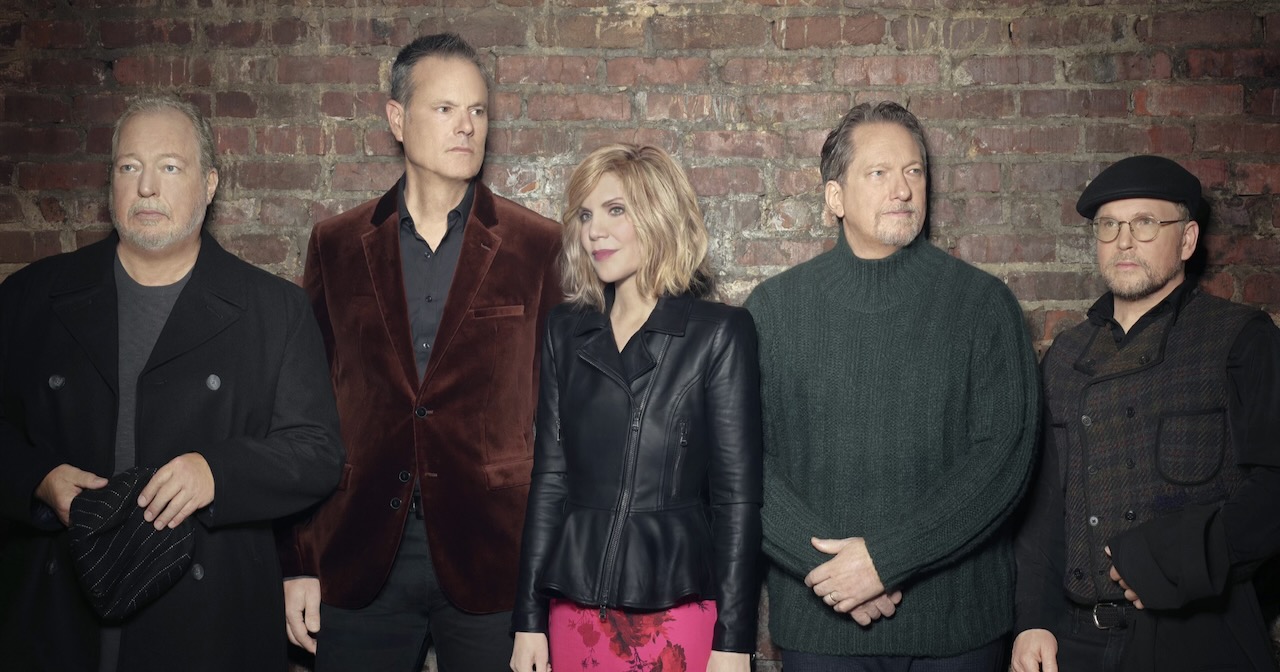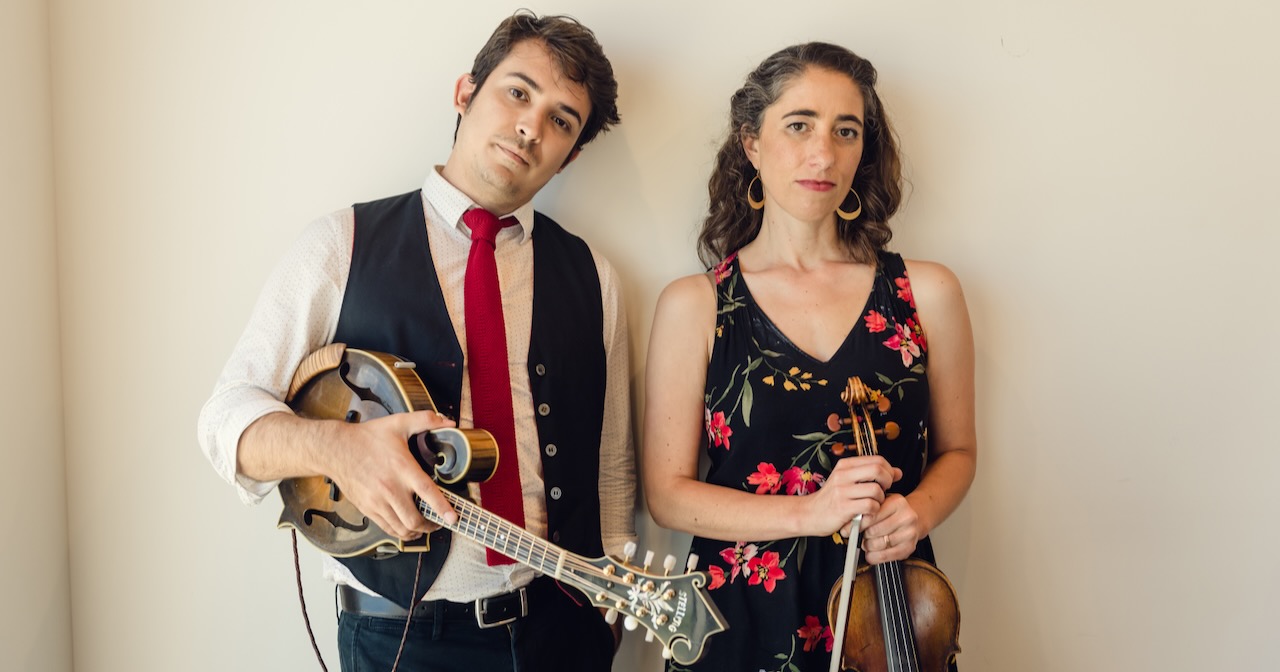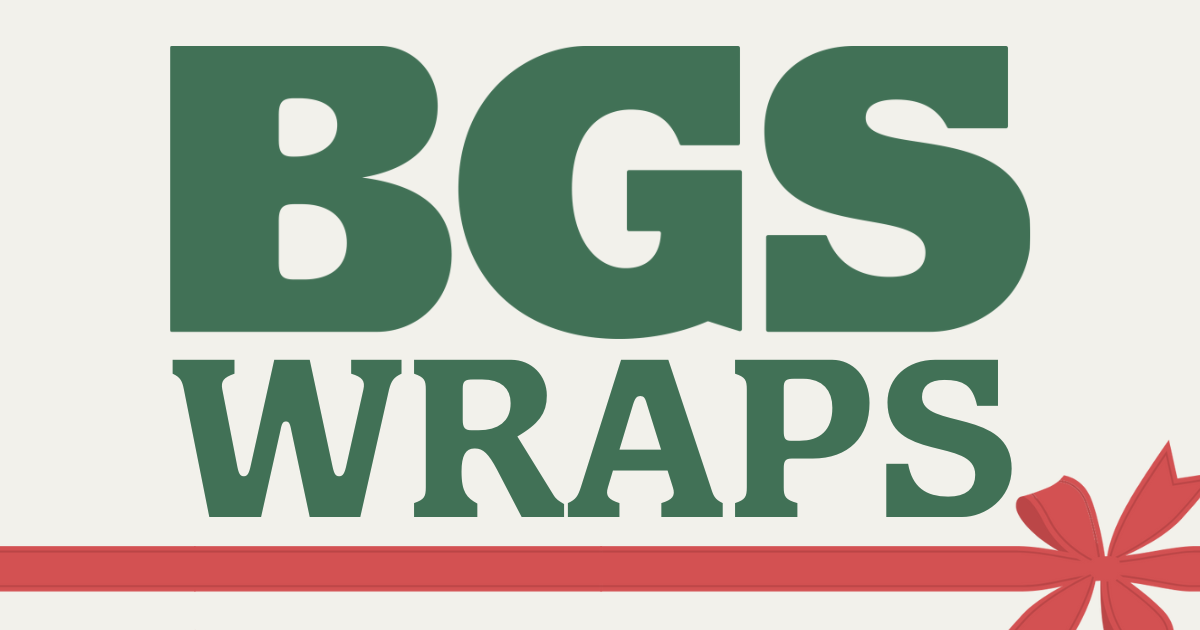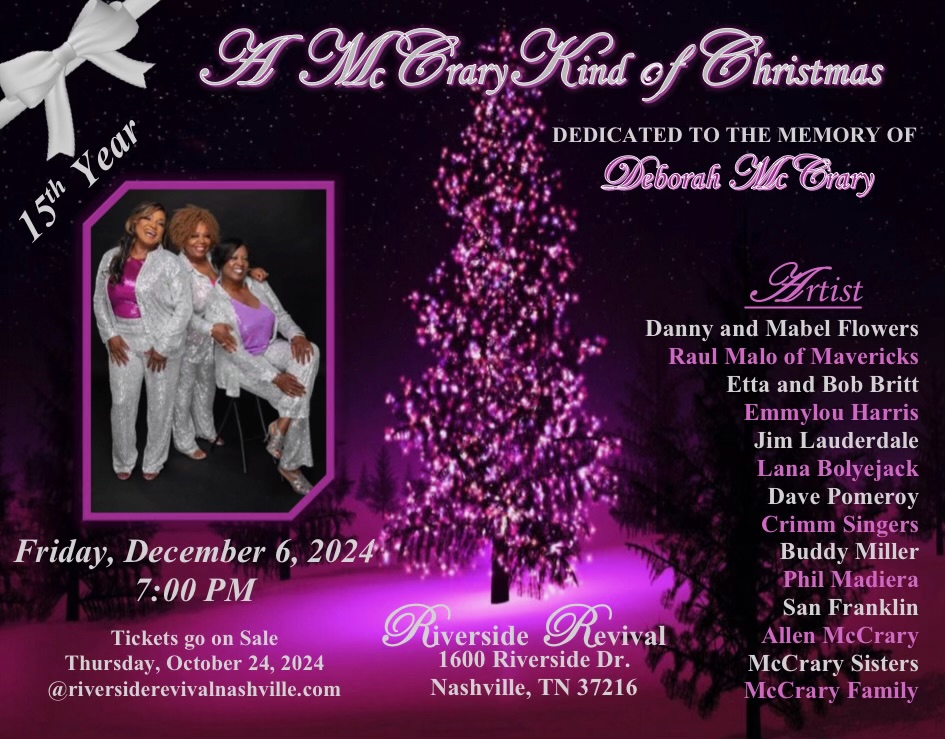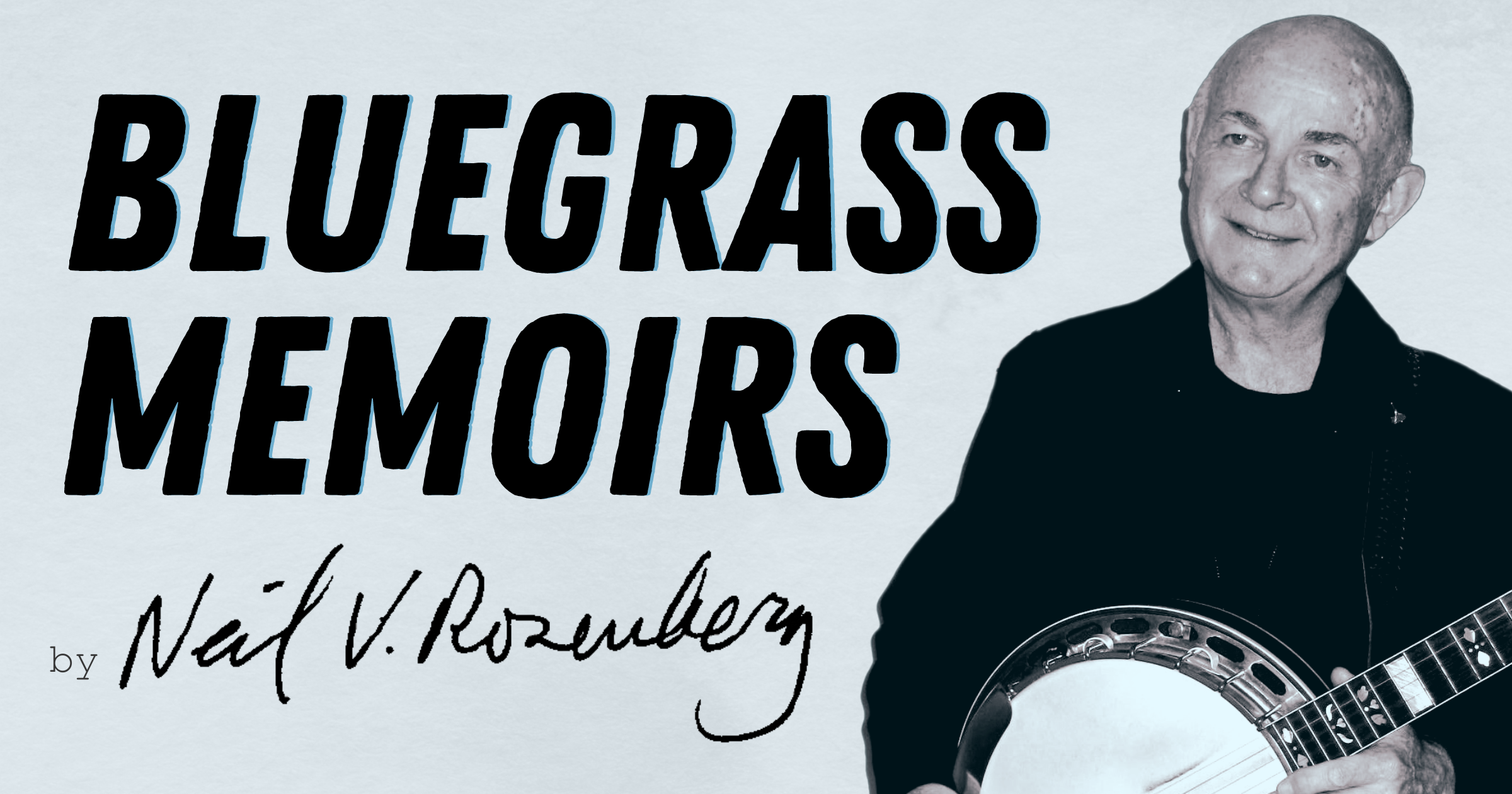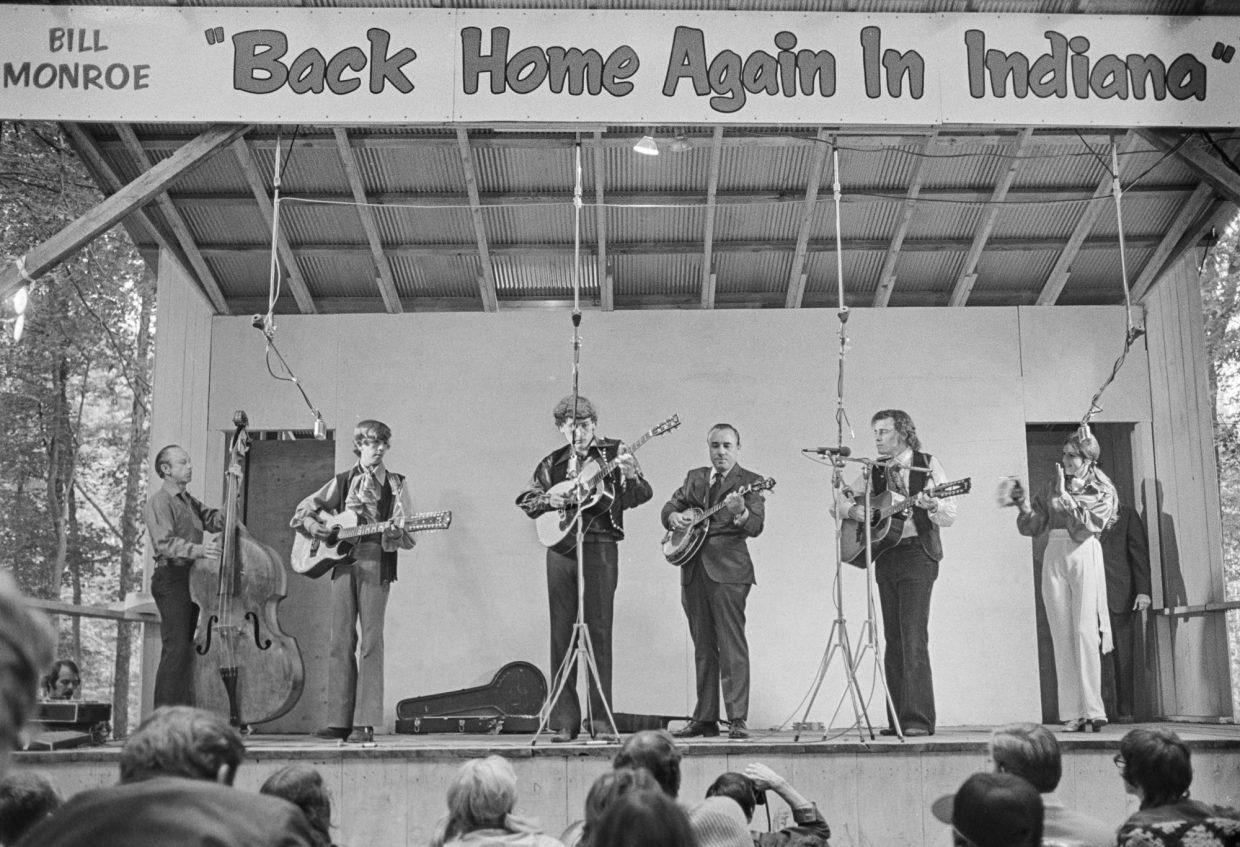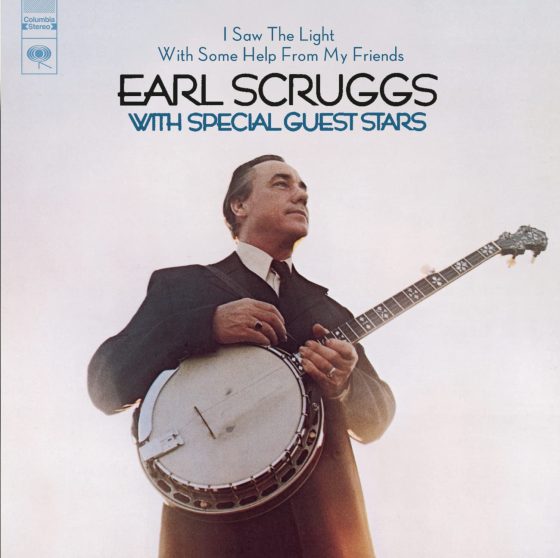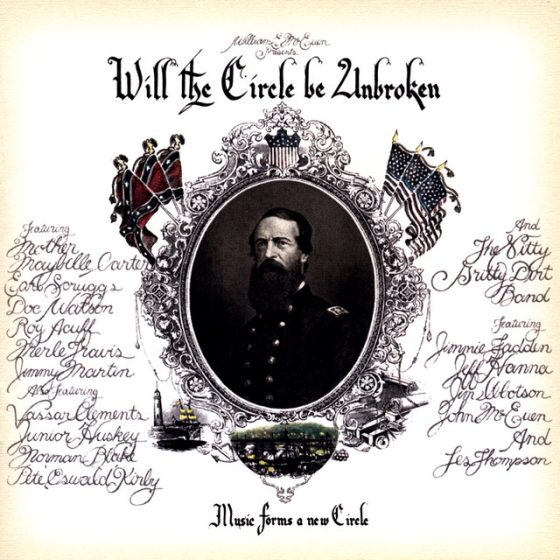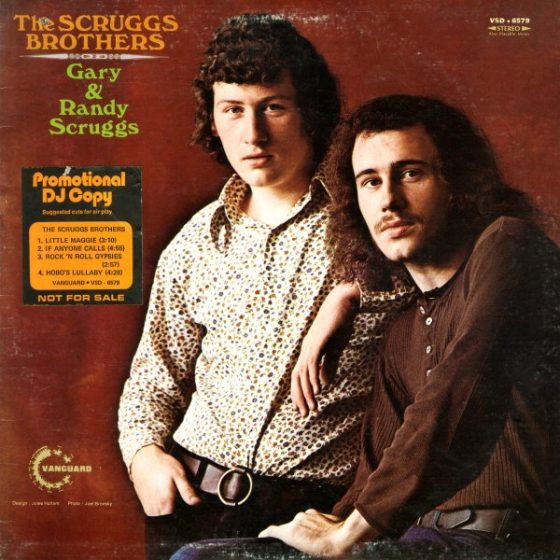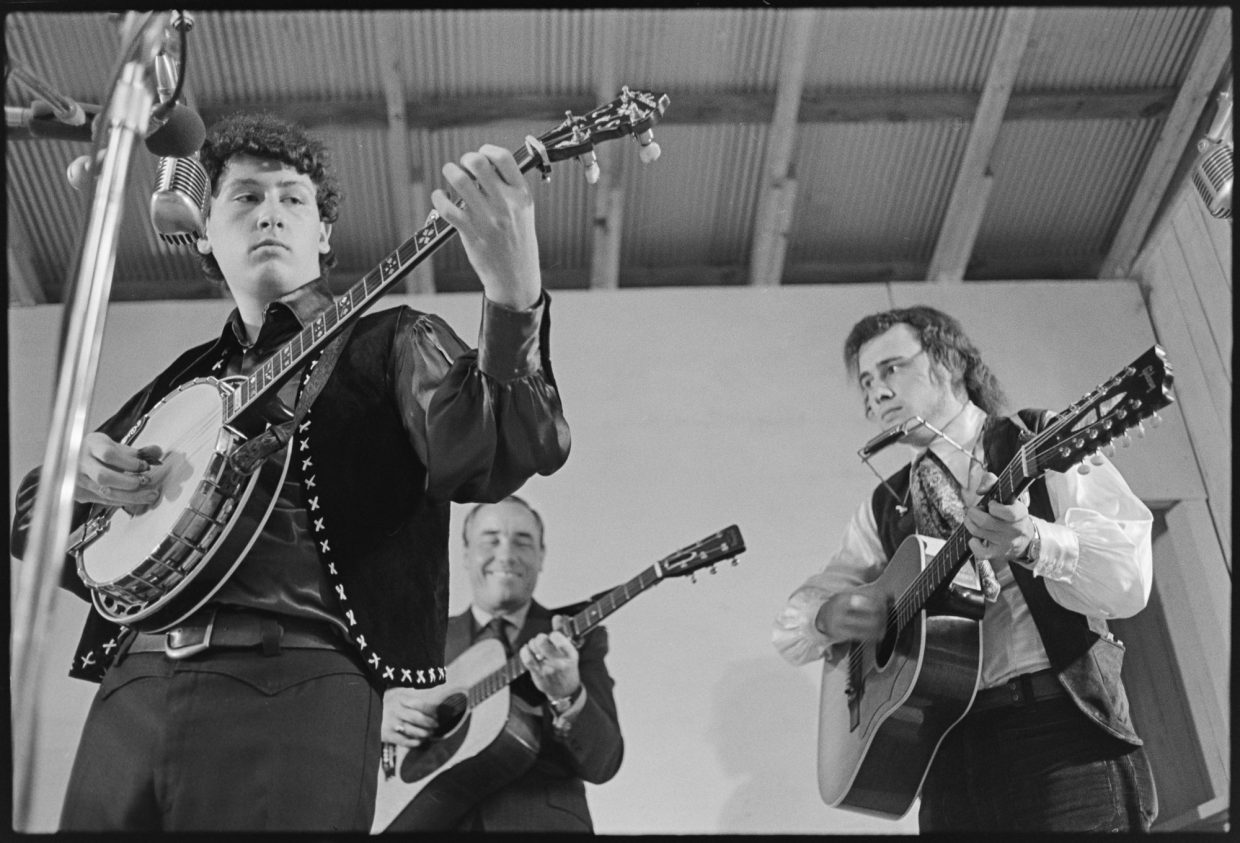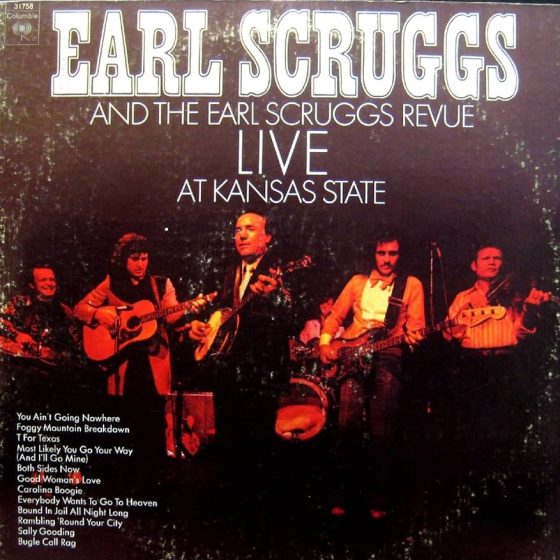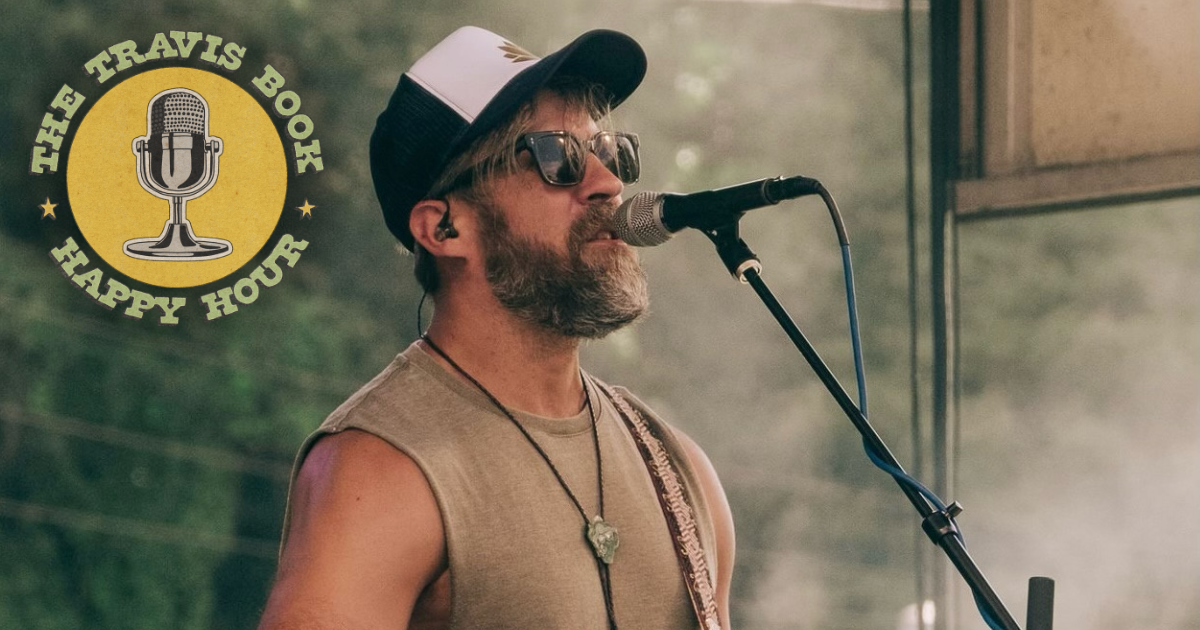On April 4, Joe K. Walsh released his latest album, Trust and Love. The project is an utterly gorgeous take on minimalism within music. It combines a unique instrumentation of Joe (on the mandolin family instruments), Rich Hinman (guitar, lap steel, pedal steel), Zachariah Hickman (bass), Dave Brophy (drums and percussion), John Mailander (fiddle, except track 2) and Bobby Britt (fiddle, track 2).
I’ve been very fortunate to get to study mandolin with Joe as my teacher for the last four years at Berklee College of Music. In talking with him about Trust and Love, what stood out to me in a significant way was the excitement he has in making music with his friends and finding music that brings a great amount of joy. Often as musicians, we lose track of the point of playing music–to bring joy to ourselves and those who are listening to it. Joe has always emphasized this and in listening to his new album, it brings home this powerful message.
What was the inspiration of the album and when did you start writing it?
Joe K. Walsh: Well, I’m always writing. Every day I try to write, I think it’s a good goal. I like the concept of not waiting for inspiration and there’s that line Bill Frisell had in his notebook which was, if you want to learn how to write, pick up a piece of paper and a pencil or something like that, just start doing it. So I try to write every day and most of it’s garbage, but I believe in the numbers game. This wasn’t really a batch of tunes written all together. Some of the tunes are older, probably as old as six or seven years. As for the inspiration for the album, the music I need at the moment and have [needed] for about five or six years is peaceful music. Music that has a restorative quality, as opposed to exciting or some sort of impressive stuff. I’m trying to write stuff that fills a room with beauty as opposed to stuff that’s just like, “Oh man, kick ass bro!” That was the idea with this collection of tunes.
Let’s say I have 30 or 40 tunes. In a moment where I’m like, “These might be worth giving some air to in public,” then you look for some sort of theme that ties some of them together. That was the theme here. There was a while when I was making records that I believed in, but were also partially about what I thought the mandolin was supposed to do. There was a disconnect between what I listened to and what I played, and I think it’s weird that there was a disconnect. I just became really aware I was listening to these spare and peaceful records that are entirely about interaction and trying to find beautiful melodies as a composer, but also as an improviser with the group. That’s not totally distinct from bluegrass, but it’s also not the same.
In your album description, you write that this body of work is “showcasing the power of musicians listening and reacting to each other, sensitive improvisors sharing a musical conversation and following the threads.” When you’re writing something like this and give it to the band, was there more or less an arrangement idea that you had? Or was it just you all playing with each other and experimenting with it as you went?
I think it’s a little of both. I think in situations like this record, the hiring is probably as important as the writing. Finding people whose musical instincts I completely trust and don’t want to direct was really important. I’ve been privileged to be in situations like that with people where I don’t want to give them all the answers. I know that if I do, the end result will not be as good as if I bring in some ingredients and see what collectively we come up with. I’m not saying a person wouldn’t come in with some arrangements, I like to come in with ideas and try things out. I like the phrase “remain open to revelation.”
You also say that a big concept of this album is “less is more” and that, now more than ever, we need to be thinking about that. Can you talk about how you would take those life concepts and apply them to your music and how you practice?
There’s a lot there! [Laughs] Well, first of all, I am kind of a little disenchanted with the approach to playing the mandolin or the approach to playing improvised music that is centered around technical fireworks. I think that that can be exciting, but it’s also not where I’m at emotionally these days, with the state of the world and the state of my family and everything. I do think I’m finding myself preferring music that leaves space and that doesn’t have to state everything, that has faith in its listener, where you can hear a connection without it being explicit or made insultingly explicit. I think all those things would fall into the category of less is more.
But the main thing for me, and this is not a “hot take,” this is not my solitary opinion, but obviously we’re living in a maximalist moment with just an unstopping onslaught of information and stimuli. I really need music now where we have an attention span and patience for something unfurling slowly. Obviously that’s not everybody, everybody doesn’t need that, but I do. I need a longer form. You know there’s longer form journalism, I’m drawn to that of course, and I think there’s an argument that there’s a connection with music for longer form and longer amounts of patience.
Yeah, I definitely hear that.
I feel like many people know you for your more bluegrass-adjacent mandolin playing. You also play in a not-so-bluegrass, bluegrass-related band, Mr. Sun, which sounds pretty different from this album. You talk about the idea of minimalism in a time of maximalism, do you feel like that is a newer concept that you are playing with in this album, or is that something that you are thinking about often, even when you’re playing a lot of straight ahead bluegrass? Are these concepts and feelings still in your mind?
Yeah, you know how the version that one friend knows of us is different than the version somebody else knows? Both of those versions can be true and I feel like the same thing happens with going from one musical relationship to another. What comes out may be dramatically different, and hopefully you focus on the shared value system of whomever you’re playing with. That may end up being a distinctly different sound. I guess that is to say, I feel like all these things are reflecting a similar value system; it just comes out differently with different people.
How did you come up with the instrumentation for this group?
That’s a good question. It’s unusual to have a record with mandolin and pedal steel on it together.
I love it!
Nice, awesome! You know, when I came out of Berklee, I used to think, “OK, I found a banjo player, now I need to find a fiddler.” You know, thinking about it from these “recipes” we’re getting acquainted with and understand. It took me a little while to shift to thinking about personalities that I connect with more so than instruments. I just felt a strong intuition that all the things I’m articulating were values that Rich shared, but also I knew it was the case with John, Bobby, and Zach. I knew Dave less, but I felt safe guessing. But specifically with Rich, I really felt that all the things I was trying to do were based on values that he shared and I didn’t even have to particularly discuss it. That’s always the best, when you just know that someone gets your goals and you don’t have to describe them; they’re already sharing the same goals.
I feel very grateful to have the opportunity to work with musicians that I find very inspiring and beautiful. It’s a great privilege to get to share some days with musicians like that and have them be willing to share their personalities that way. It’s not something to take for granted.
That’s pretty beautiful, especially with an album that’s just so much about time and space and overall has a sweetness to it.
I appreciate that. Like I said, I realized the things I was listening to just sometimes felt distinctly different than what I was sometimes playing. Both are great, and I’m definitely not trying to say I don’t like playing bluegrass or listening to it. I absolutely love it. It’s great and definitely a big part of my musical diet, but also, for years – decades even – I’ve been listening to these really quiet, understated records. I always think, “What’s the thing that ties Martin Hayes and Bill Frisell together?” They are very different, but they sustain my attention in a way that doesn’t use the tools that many other people do with maximalism is really what I mean.
That’s a great way to put it, because I never really thought of music as being minimal or maximal. But after listening to your album and reading what you wrote about it, I started thinking about it and it’s interesting to go back and observe things that you thought were just so sweet, realizing that actually there is so much happening.
Music, for me, is about trying to create beauty and trying to create a feeling and a shared connection through those things. I’m really adverse to the idea of music as a tool for ramping up our own egos, which is a challenge. I feel like there are choices you can make, and I’ve become more aware of the choices that I feel are serving my ego versus serving the music or moving towards a feeling. It’s not always either/or, but I’m trying to be more suspicious and adverse to the things that feel like they’re serving my ego.
On this album, you go between different members of the mandolin family–
Yeah, mandola, octave mandolin, and the mandolin of course.
How did you find the right instrument for each song?
[Laughs] It’s an experiment! They’re all tuned in fifths, so in a sense you could just argue they all feel the same, but I think when you try and write, even picking up different mandolins, even just one mandolin to another, may inspire different thoughts. Certainly switching from the mandolin to the mandola leads to me paying attention to different things and, if I’m lucky, catching inspiration to chase an idea. Some of these tunes were written specifically on the mandola and stayed there, and the same is true with the octave mandolin.
I also think, [thinking about] sustain, the octave mandolin, bizarrely enough, feels to me like it does that in the mandolin family. Sometimes I feel like playing the octave mandolin you can’t be as athletic, because of the physical challenges of the instrument, but also it can sometimes have a little more sustain. Again, you can be nudged in a nice, positive, “less is more” direction trying to be musical with a smaller collection of what’s possible.
Let’s talk about some of the tunes on the album! I feel like throughout the whole project there is this really solid vibe that you build and it’s just gorgeous. Then you get to “Cold City” and it feels to me like a different vibe. Did it feel that way to you?
I think that’s fair.
I can see what you mean with the minimalism in this song, but it also has that kind of rocking “oomph” vibe going.
No, you’re totally right. You know, part of the whole thing with this arc – of trying to just crack the code on how to make quieter music that sustains interest – is just being afraid of letting go of some of these things that I know sustain interest. I like that tune, and I think it turned out good, although I think I also could have saved it for a more bluegrass record and that maybe would have made more sense. [Laughs]
I think it works in such a cool way on this album, because it lends this new lens to what you’re already seeing through the other songs.
I also think contrast is one of the most important things in music and that song certainly is contrasting. Basically, I never walk away from a record feeling like I will no longer doubt the decisions I made. That’s not how it works for me. You kind of just get used to the idea that there won’t be a full resolution on some of these decisions you wrestle with. That’s just how it is and you move forward anyway.
The pedal and lap steel on this album are really awesome and amazing. I feel like a lot of musicians don’t seem to mess around with those sorts of textures. There is a moment in the steel solo on “Closer, Still” where it feels like the other instruments drop out a little bit and it’s just the mandolin and steel. That spot feels really special to me and feels like there is this little conversation that the mandolin and steel are having. What it evoked to me was that they are sharing a little secret. How do you think about those two instruments intertwining in general and with music on this album?
Well, one thing that is distinctly different playing with a pedal steel – and again, I really feel like it’s about personalities you can connect with. But in a more tangible way, sustain changes everything. It’s not like we don’t have sustain on the mandolin, but it’s not like a fiddle or a pedal steel. I think with sustain, you’re able to do less and I think that’s probably true for what Rich can do or doesn’t have to do. I think it’s also true that when he is sustaining something, I don’t feel as compelled to, “Quick! Do something!” I think there’s a sense that things can wait a little bit.
I also think that’s true having the drums. That buys a little space, in a sense. There’s more going on, but somehow I can do less or it feels like there’s less going on.
As I recall, there isn’t steel on the whole album. There are some songs where Rich plays other instruments. I like that, in that moment coming out of the steel solo, or still kind of in there, it’s just such a different texture and it was really cool to hear it.
One of my favorite things is listening to people who really listen to each other and for whom the next thing that’s gonna happen is not predetermined. That’s the thing that kind of ties together the people that I was excited to hire for this particular record!
You can do that, obviously, with jazz language and that’s a beautiful thing, but I also think it’s really beautiful and under-explored to do that without requiring jazz language. So often that approach, mentally, goes with advanced and more complicated harmony that some people would call “jazzier” harmony. It’s a really beautiful thing to have that mindset, but not necessarily move in a more harmonically complicated direction.
Photo Credit: Natalie Conn
